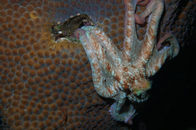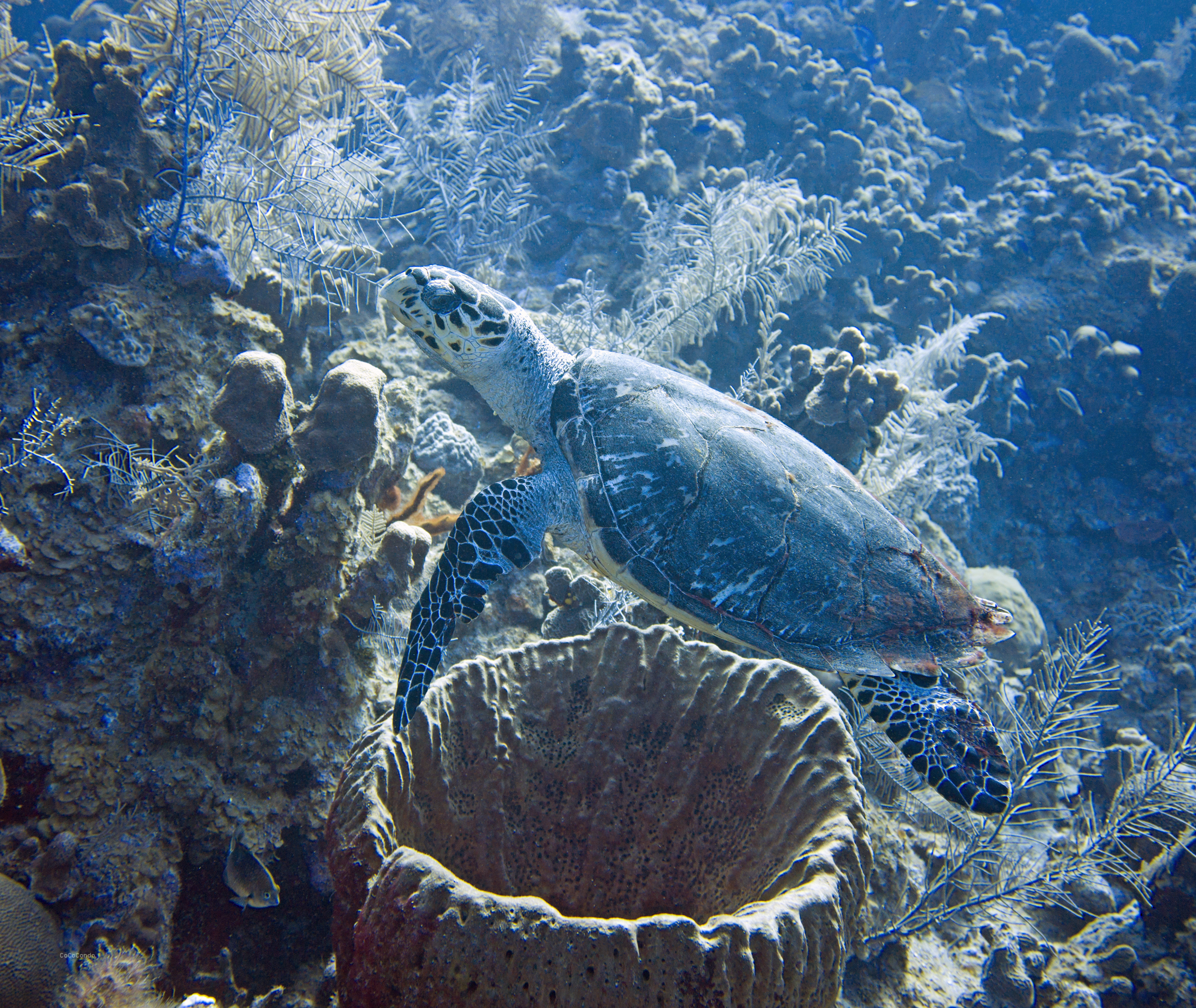The DC2000 is the best product that SeaLife has available in the market just now.
It’s a camera geared towards individuals looking for better performance than an action camera, better than a regular point and shot, yet less complicated and easier to travel with than an SLR or a pro mirrorless.
Some one already mentioned the importance of getting close. That’s perhaps one of the best 3 key points to keep in mind.
1. Get close. Zoom with your fins... not with the lens. Good thing here is that the DC2000 does not have a digital zoom, so you’ve got to do it with your fins.
2. Shoot up. Point from bottom up, try capturing when possible the subjects (Divers, fish, corals, wreck, al of the above) with a view from equal or slightly greater depth than the subjects.
3. Last but not least, practice, practice, practice.
SeaLife offers a wet wide angle lens. You may want to consider getting one and use it to get even wide shots later on, provided you haven’t gotten one already.
For stills, strobe positioning is critical. Try illuminating your subjects without creating backscatter. This requires anticipating and estimating how much light you want to shine on your subject and aiming the strobe to get the diver or fish or whatever your after without shining on suspended matter between your camera lens and the subject per se. Them comes intensity settings. Light is absorbed very quickly underwater and it does it travel far either. At first, just set the camera to auto and them move on to manual settings. Similar to taking the training wheels off a bicycle.
For video, you will need a light or two. Sounds like you’ve got the Pro Duo model that sports a strobe and a light. Similarly, light positioning and keeping in mind that getting close is key, hold the system steady and roll video looking at what your light is illuminating and check to see that it’s aimed correctly.
Enjoy your new rig and practice, practice practice. Don’t forget to rinse in fresh water after your dives and avoid the dreaded camera dunk buckets offered by most dive boats... unless you can claim sole use of it. Cameras get pretty beat up in dunk buckets.
Enjoy your new camera. It works great as a topside camera too.
Cheers,
Ricardo
Your advice is spot on @Ricardo V. I am flying home from Bonaire now and used my new DC2000 for the first time this week. I am no photographer at all, but this camera is about as easy as it gets for someone like me. Here are a couple of shots from this weeks diving:








